Categories > Guides and Tips
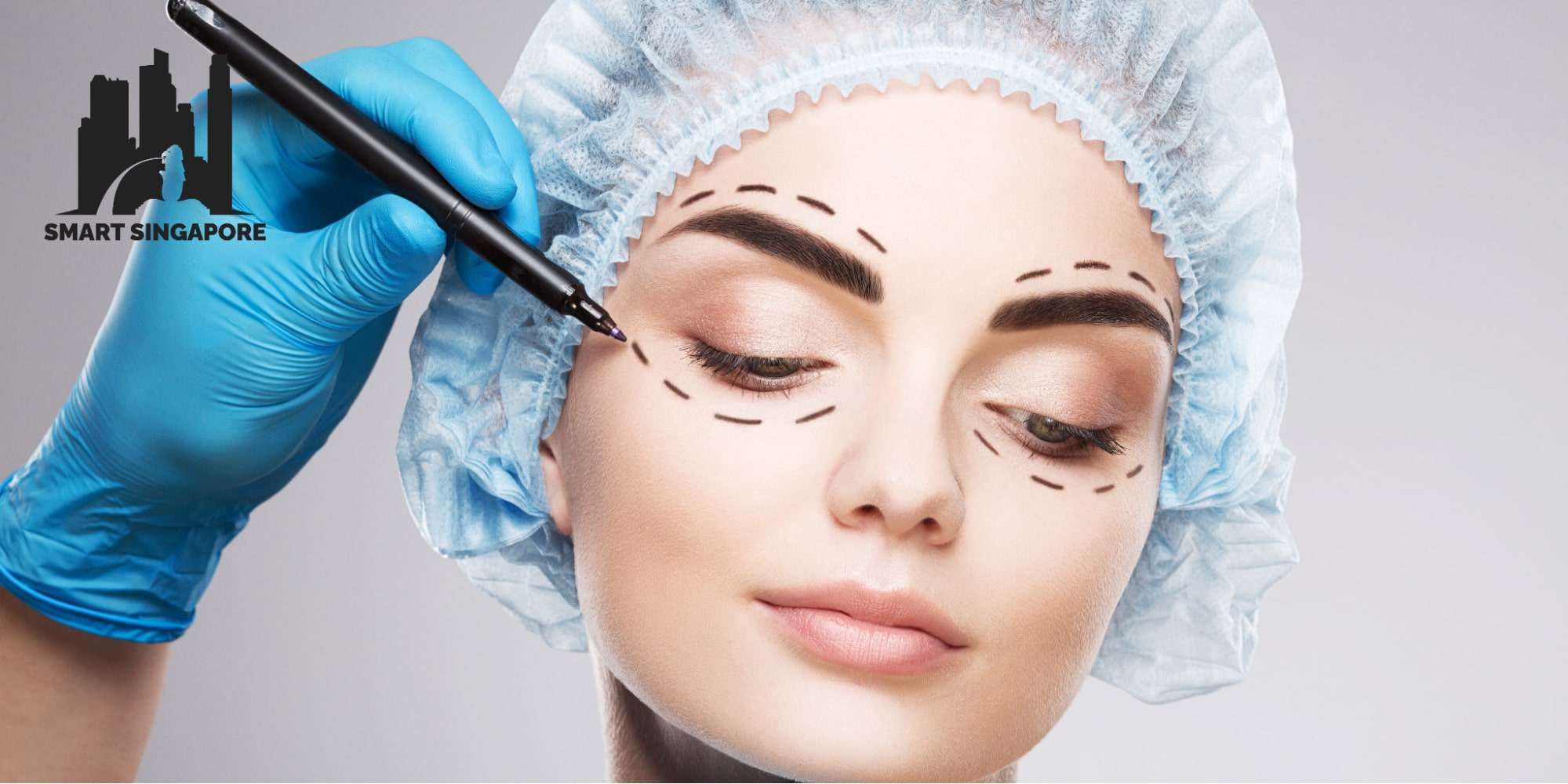
All About the Top 5 Plastic Surgery Procedures in Singapore
- What is plastic surgery?
- What are the two types of plastic surgery?
- Cosmetic
- Reconstructive
- The Most Common Plastic Surgeries in Singapore
- Eyelid Surgery
- How is eyelid surgery performed?
- What are the most common side effects of eyelid surgery?
- Breast Augmentation
- How is breast augmentation performed?
- What are the risks of breast augmentation?
- Liposuction
- How is liposuction performed?
- What are the risks of liposuction?
- Rhinoplasty
- How is a rhinoplasty performed?
- What are the risks of a rhinoplasty?
- Tummy Tuck
- How is a tummy tuck performed?
- What are the risks of getting a tummy tuck?
- How much does it cost to get plastic surgery in Singapore?
- How do plastic surgeries become medically necessary?
- When the Deformity Causes Difficulties or Harm to One’s Health
- When a Traumatic Injury Causes a Deformity
- When the Reconstruction Follows a Mastectomy or Lumpectomy
- How popular is plastic surgery in Singapore?
- Is Singapore a good country to get plastic surgery?
- Private Hospitals
- Private Clinics
There are over 80 registered plastic surgeons in Singapore, and thanks to the rise of safer medical technologies and the proven health benefits of plastic surgery, more people are considering going under the knife to achieve the body of their dreams.
Singapore has seen a rise in demand for plastic surgeries, and we’ve detailed the most common plastic surgeries in Singapore if you’re considering getting a procedure done or simply want to learn more!
What is plastic surgery?
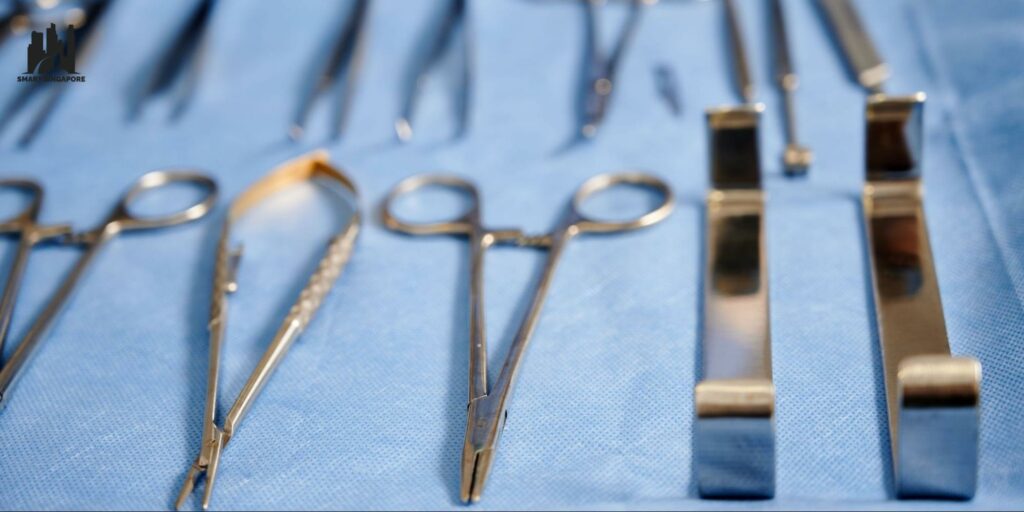
Plastic surgery is the medical practice of restoring, repairing, or reconstructing body tissue following a traumatic injury, birth defect, and deformity. Plastic surgery also involves enhancing the physical appearance of body parts.
Plastic surgeons perform plastic surgery procedures, both noninvasive and surgical. As surgeons, they also focus on improving a body part’s function.
What are the two types of plastic surgery?
Cosmetic
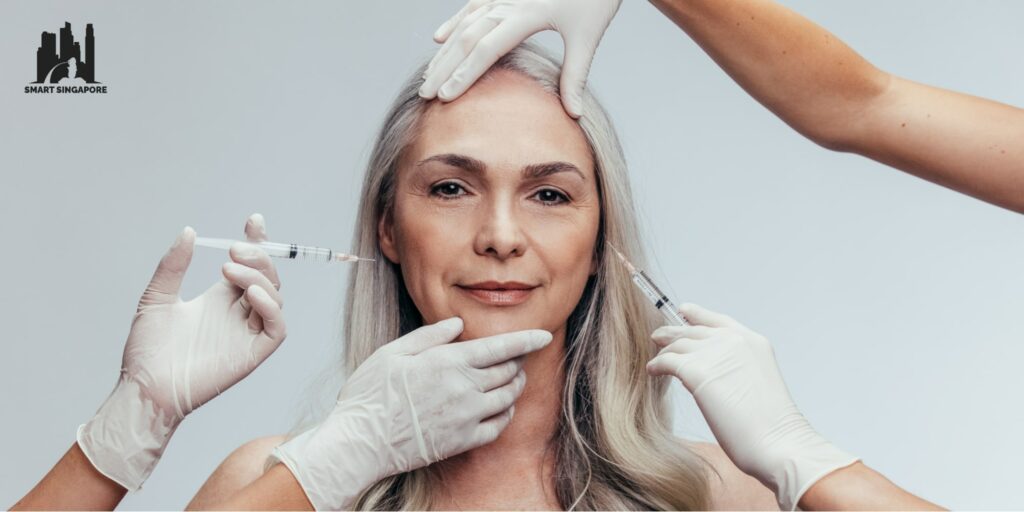
Cosmetic plastic surgery focuses on changing the physical appearance of one’s body tissue. The procedures are typically noninvasive and target the shape, size, and symmetry of targeted body parts using injections or needles.
Most cosmetic surgery procedures are elective and not medically necessary unless issues cause hefty impacts on a patient’s health or well-being. Some of the most common cosmetic surgeries are:
- Liposuction
- Tummy tuck
- Brow lift
- Facelift
- Fat transfer
Some cosmetic procedures can be performed in conjunction with a dermatologist or a skin specialist at a private clinic.
Reconstructive
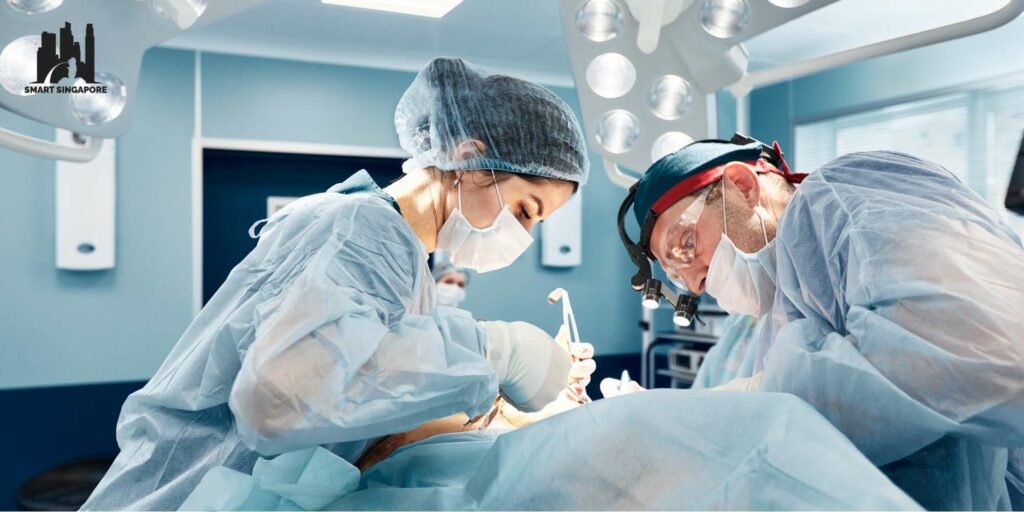
Reconstructive plastic surgery focuses on repairing abnormal body tissues that may be caused by injury, trauma, tumours, and diseases. Birth anomalies and developmental abnormalities are also covered by a reconstructive plastic surgeon.
Plastic surgeons who conduct reconstructive surgeries also cover reshaping bone structures when necessary. These procedures are typically invasive and medically necessary.
Some of the most popular procedures under reconstructive plastic surgery are but not limited to
- Gender affirmation
- Breast reconstruction
- Skin cancer removal
- Tissue expansion
- Cleft lip and palate repair
The Most Common Plastic Surgeries in Singapore
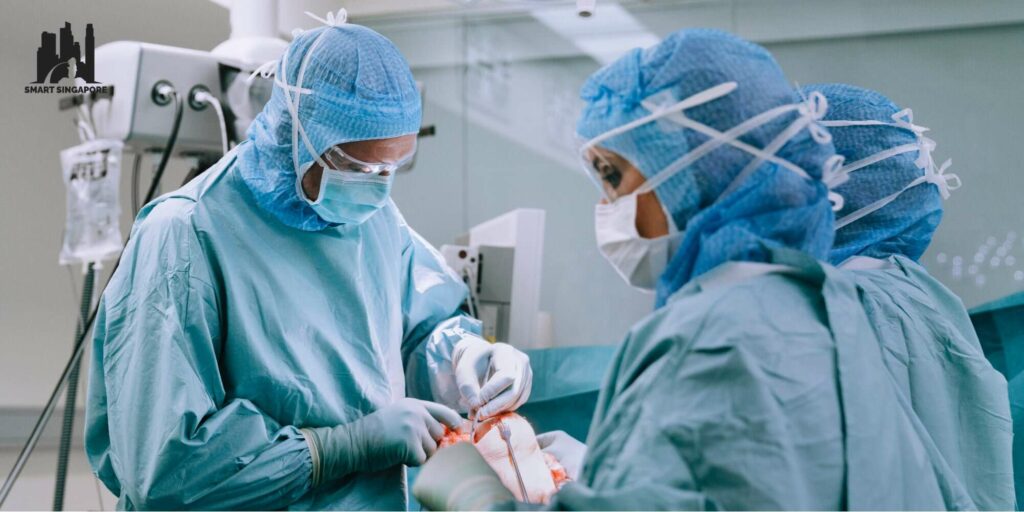
The most common plastic surgeries in Singapore are eyelid surgery, breast augmentation, liposuction, rhinoplasty, and tummy tucks. These procedures are provided by plastic surgeons in private clinics or hospitals.
Some cosmetic procedures are also offered at aesthetic clinics with a plastic surgeon.
1. Eyelid Surgery
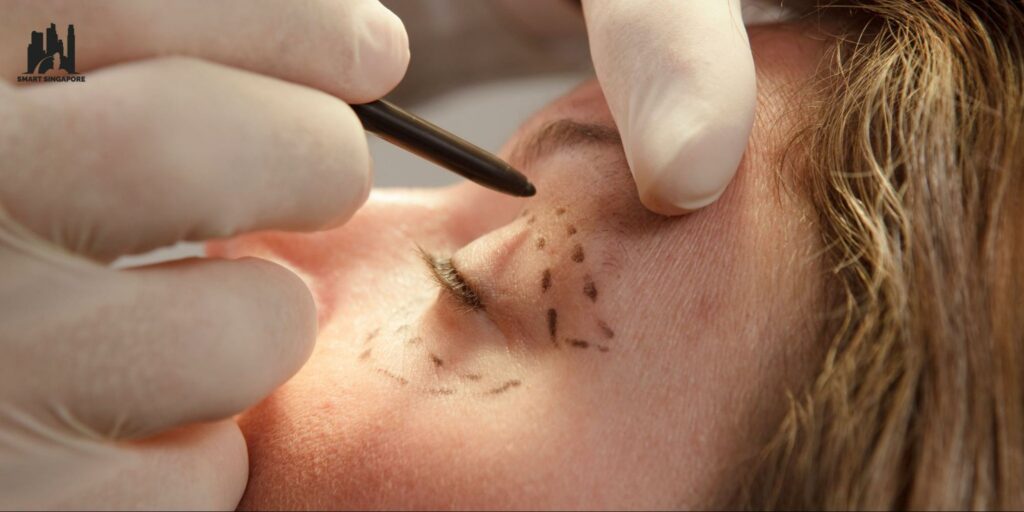
Eyelid surgery, also known as blepharoplasty, is a procedure that involves removing excess skin or fat tissue from the lower and upper eyelids. This surgery is often conducted on people with conditions like:
- Drooping eyelids that cover one or both of the eyes, causing limited vision
- Puffiness around the eyes
- Puffy eye bags
- Fine wrinkles on the eyelids
Depending on the case, eyelid surgery can be medically necessary if the excess skin tissue on the eyelids causes limited or zero vision. In most cases, eyelid surgery in Singapore is a cosmetic procedure that involves creating better symmetry in both eyes.
Other times, eyelid surgery is done for patients with underlying conditions like hypothyroidism or Grave’s disease which causes puffiness, dryness, or even deformities on the eyelids.
How is eyelid surgery performed?
Eyelid surgery involves making small incisions along the upper or lower eyelids to remove excess skin. The incision is then tightened using sutures.
Eyelid surgery is performed on patients under general anesthesia if the condition requires extensive repair and reconstruction work.
Local anesthesia can also be administered if the patient’s condition requires minimal repair. The procedure lasts between two and three hours.
Your plastic surgeon will make an incision on your eyelid crease (or on the lash line if the lower eyelids are affected) using either a laser or a scalpel. Excess fat and tissue will be removed and the incision will be stitched with a self-dissolving suture.
What are the most common side effects of eyelid surgery?
The most common side effects of eyelid surgery are puffiness and swelling around the eyes. Slight pain, bruising, and discomfort are also prevalent side effects following eyelid surgery.
Your surgeon can prescribe you antibiotics or painkillers to manage any discomfort during the recovery process.
2. Breast Augmentation
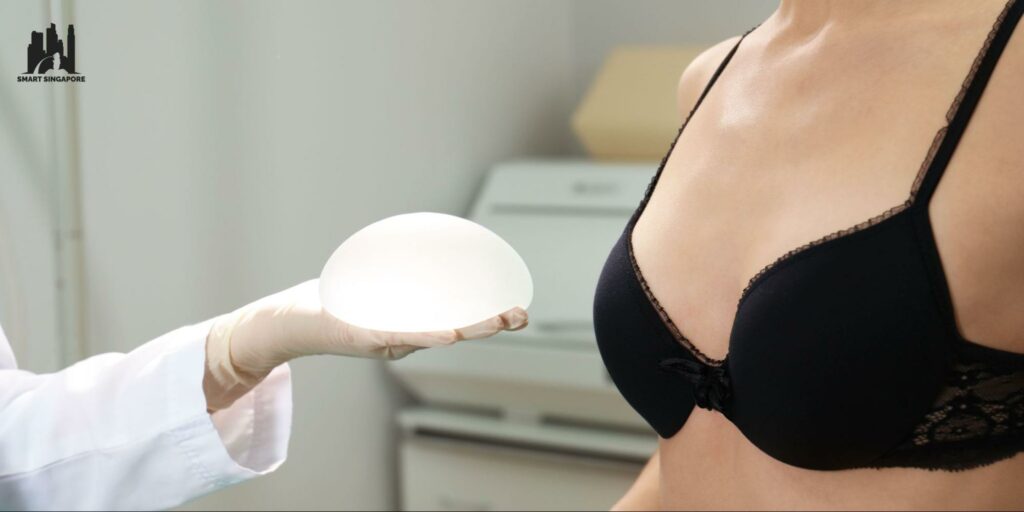
Breast augmentation is a procedure that enlarges or improves the appearance of the breasts. Breast augmentation involves transferring fat or inserting implants, either saline or silicone, under the chest or behind the breasts.
Patients receive breast augmentation to enhance the shape of their breasts or fix the asymmetry if needed. The procedure is considered cosmetic surgery, thus a cosmetic plastic surgeon is typically in charge of performing it.
How is breast augmentation performed?
Breast augmentation involves making small incisions on the armpits, under the breast, or around the areolas. Implants are then inserted and sutured in place.
Before breast augmentation, your plastic surgeon will talk you through his or her surgical plan. This involves deciding on what kind of implants will be inserted and their size.
Your surgeon will also discuss your medical history, specifically if any of your family members have had or are potential carriers of breast cancer and disease genes.
It’s important to remember that breast augmentation is meant to improve the appearance of your breasts, not to make them look perfect. Your plastic surgeon will set these expectations during your consultations.
The procedure involves administering general anesthesia. Local anesthesia may also be done, as advised by your plastic surgeon.
Your surgeon will then make an incision based on the surgical plan you discussed prior. It can go in three main ways:
- Through under your breasts
- Through incisions around your areola
- Through your armpits
Implants will then be inserted in two ways: under or behind your breast/chest. The method of insertion depends on the size of the implants and their type.
Once the implants have been set in place, your surgeon will then close the incision site with sutures.
What are the risks of breast augmentation?
The most common risks of breast augmentation are implant leak, implant position changes, scar tissue, and breast pain.
Your surgeon will provide you with the necessary post-operational medications to manage any normal pain and discomfort following the surgery.
If any infection, extreme pain, and deformity start forming during the recovery process, you should seek a doctor immediately.
3. Liposuction
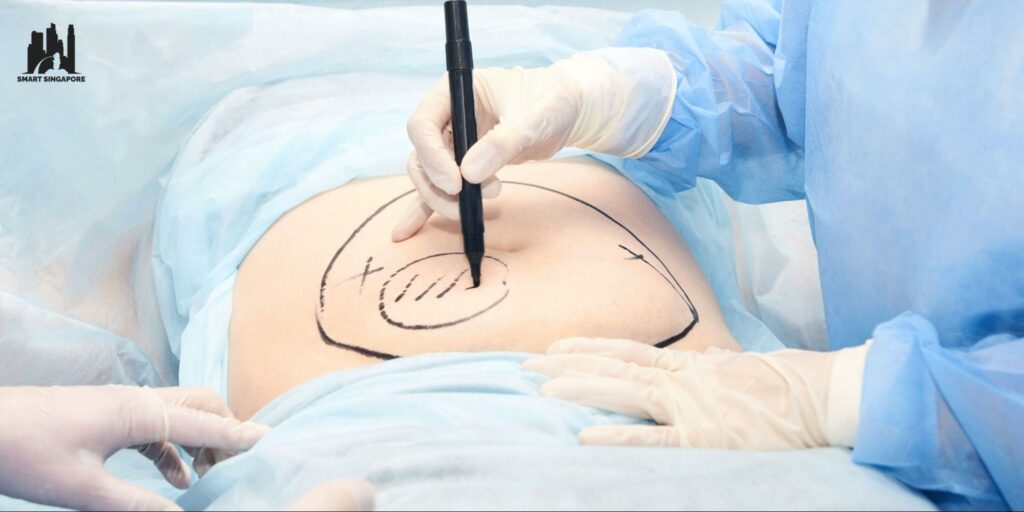
Liposuction is another common plastic surgery procedure in Singapore that involves removing fat from your abdomen, buttocks, thighs, and arms.
It reduces fat cell growth in specific areas of your body, and your skin will mold into its new shape during recovery, resulting in typically permanent changes in your body shape.
Liposuction is also known as body contouring, but in the case of plastic surgery, the procedure is more invasive than non-surgical contouring procedures offered at beauty clinics.
It’s important to note that liposuction does not eliminate stretch marks and cellulite.
How is liposuction performed?
Liposuction is performed by suctioning excess fat and tissue from small incisions made on targeted areas. There are four ways to do it: suction-assisted, laser-assisted, power-assisted, and ultrasound-assisted.
Your surgeon will discuss with you which areas in your body are eligible for liposuction, as the surgery poses risks. Patients with heart diseases or family medical history will be further screened to avoid complications during and after the procedure.
Before liposuction, you and your surgeon will talk about how he or she will suction fat from your body. Liposuction is performed in four ways:
- Suction-assisted: This is the most common way plastic surgeons remove fat from the body. It involves injecting a saline solution and two types of medicine into target areas which help reduce pain, narrow down blood vessels, and aid the fat removal process.
Your surgeon will then make tiny incisions on the target area and insert a tube connected to a vacuum which suctions fat from the body.
- Laser-assisted: During this procedure, a laser fibre will be inserted into incisions and break down fat from the target area. The removed fat deposits will then be removed.
- Power-assisted: This type of liposuction is usually done on patients who’ve had liposuction before. It involves inserting a vibrating thin tube into incision sites where fat tissue will be removed.
The procedure poses the least possible pain and swelling out of the four.
- Ultrasound-assisted: This procedure is performed in conjunction with suction-assisted liposuction, where a rod is inserted into incision sites and liquifies fat tissue using ultrasonic waves. The fat deposits are then sucked out.
What are the risks of liposuction?
Liposuction is a generally safe procedure, but the potential risk of cardiac and pulmonary complications is possible. Bruising, swelling, and changes in skin sensation are normal after the procedure and typically go away after a few weeks.
4. Rhinoplasty
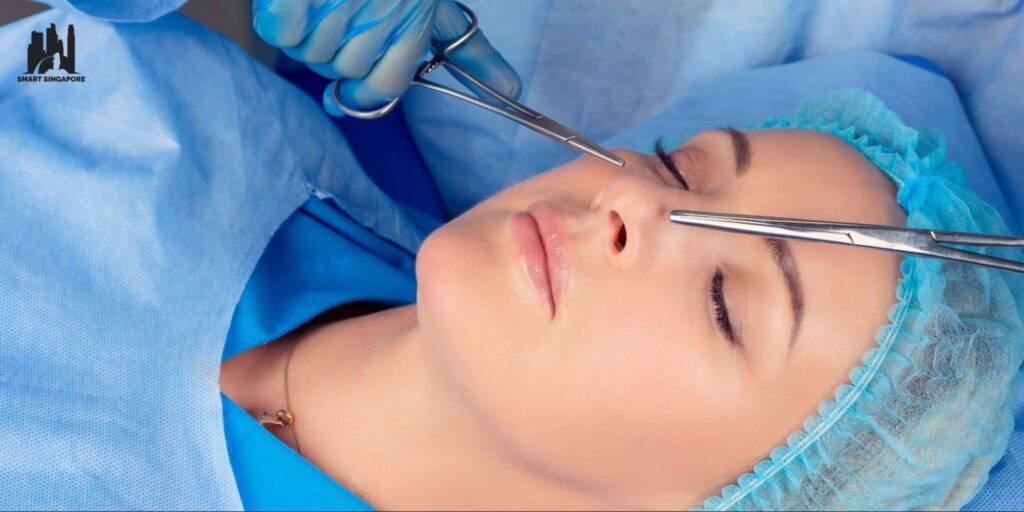
A rhinoplasty, or nose job, is a plastic surgery procedure that involves reshaping the nose to improve its physical appearance.
Most people get a rhinoplasty to change the shape and size of their noses, but other patients may need the procedure to improve nasal function and breathing.
Rhinoplasties are also performed on patients needing nasal tissue repair from cancers, diabetes, or traumatic injuries.
Your plastic surgeon will discuss the best possible surgical plan to reshape your nose. The consultation entails choosing how much tissue will be removed or added to achieve the ideal shape.
How is a rhinoplasty performed?
Rhinoplasties fix many aspects of nose shape and size, and it is done in two main ways: open or closed.
An open rhinoplasty is performed for patients needing major reshaping. Here, your surgeon will separate your skin from the nasal bone entirely through an incision along the base of your nose.
A closed rhinoplasty, on the other hand, is a more minor procedure involving reshaping your nose through incisions within the nasal cavity.
Depending on the ideal nose shape and size you want, your surgeon may insert more tissue, skin, or bone into your nose.
Patients receive general or local anesthesia during the procedure, and the procedure usually lasts between two and three hours, depending on the scope of repair.
Since rhinoplasties are generally outpatient procedures, patients can head home on the same day of the surgery.
What are the risks of a rhinoplasty?
Risks are minimal after rhinoplasty, but the most common are nosebleeds, skin discolouration, pain, and scarring.
In severe cases, patients may notice changes in their sense of smell during the recovery process.
5. Tummy Tuck
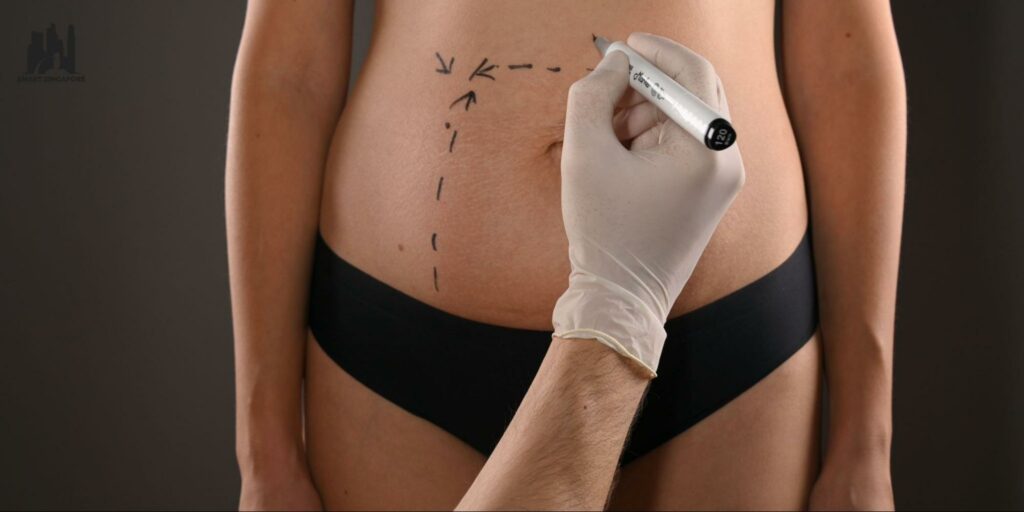
A tummy tuck, or abdominoplasty, is a procedure that reshapes or improves the abdomen’s appearance. Patients get a tummy tuck to remove excess fat and skin to achieve a more toned abdomen.
The procedure is also known to be effective in removing stretch marks from the lower belly following a pregnancy or weight gain.
Patients who had liposuction done before may consider getting a tummy tuck to remove excess skin.
How is a tummy tuck performed?
A tummy tuck involves making an oval-shaped incision in the lower abdomen, removing excess fat and skin, and suturing the incision to tighten the abdominal skin.
A tummy tuck isn’t performed on all patients who want them. Plastic surgeons are required to screen patients and see if their current health state renders them eligible for the procedure.
During a consult, your plastic surgeon may ask you about your family medical history and body measurement index. Some important criteria to consider for eligibility are but not limited to
- A body mass index of less than 30
- No significant scar tissue from past surgeries
- No history of severe heart disease or diabetes
- Not planning to conceive any time soon
- Not currently enrolled in a weight loss plan or programme
Patients will be under general anesthesia during the procedure. Your surgeon will then make an oval-shaped incision between your pubic area and belly button.
From there, fat and skin will be removed and tissues covering your abdominal muscles will be tightened with sutures.
Once the area is cleared of the excess tissue, your surgeon will close the incisions right above your bikini line and your belly button will be sutured into position.
What are the risks of getting a tummy tuck?
Tummy tucks may pose risks of bleeding, infection, tissue damage, and seroma.
A seroma is an accumulation of fluid on the surgical site and will be drained using tubes attached after surgery.
How much does it cost to get plastic surgery in Singapore?
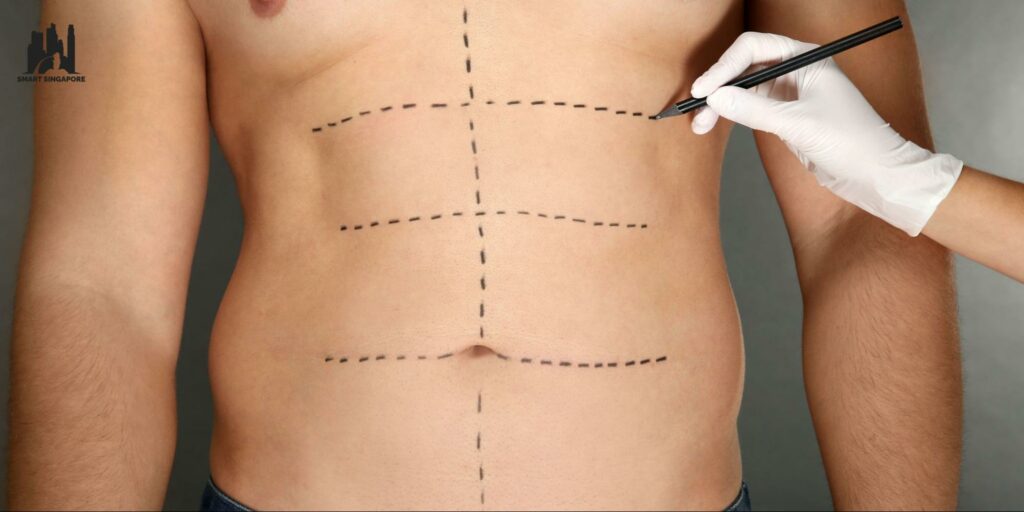
On average, plastic surgeries in Singapore cost anywhere between $5,000 and $20,000, depending on the type of procedure and scope of work.
Most reconstructive plastic surgery procedures are insurance-claimable and coverage will depend on the patient’s insurance provider.
Cosmetic procedures may be granted a limited amount, but because most of them are elective, they may not be insurance-claimable.
| Procedure | Average Cost |
| Eyelid surgery | $3,500 to $6,000 |
| Rhinoplasty | $8,000 to $20,000 |
| Tummy tuck | $8,500 to $15,000 |
| Liposuction | $4,000 to $9,000 |
| Breast augmentation | $15,000 to $20,000 |
How do plastic surgeries become medically necessary?
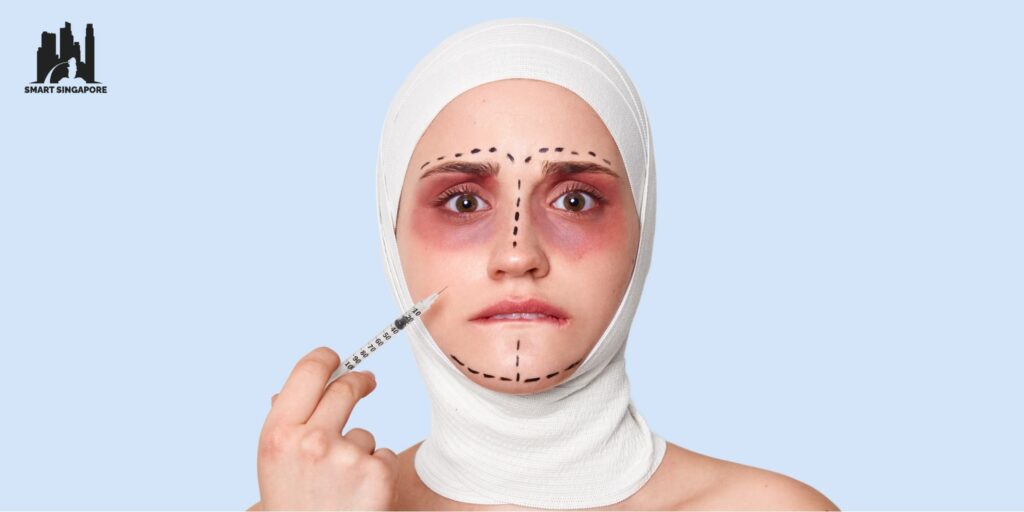
Plastic surgeries become medically necessary when deformities or issues cause difficulties or harm to one’s health, are caused by a traumatic injury following a cancerous tumour removal, or are caused by a birth defect.
The topic of whether a procedure is medically necessary is often brought up to help patients finance the surgery through their health insurance.
It’s best to speak with your insurance provider about your policy’s coverage on reconstructive or cosmetic procedures.
1. When the Deformity Causes Difficulties or Harm to One’s Health
Deformities, like a droopy eyelid, may be considered medically necessary because the condition causes limited vision. Birth defects like cleft lip and palate are medically necessary because they interfere with the patient’s ability to eat or talk.
2. When a Traumatic Injury Causes a Deformity
Deformities caused by traumatic injuries are medically necessary, especially when the reconstruction plan involves invasive surgery or leaves drastic changes to the physical appearance of the affected area.
3. When the Reconstruction Follows a Mastectomy or Lumpectomy
A plastic surgery procedure done on patients who had cancerous lumps and tumours removed is medically necessary, especially if scar tissues from a mastectomy or lumpectomy caused left significant changes to an area’s shape.
How popular is plastic surgery in Singapore?
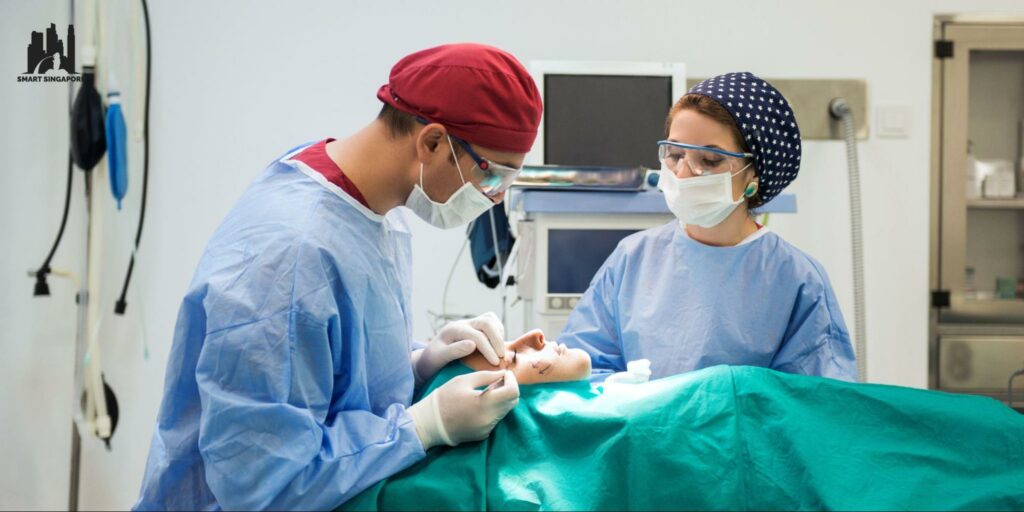
Plastic surgery in Singapore is fairly popular, especially among women. Statista results from 2021 alone showed 9% of Singaporeans have undergone plastic surgery and 46% of them are considering getting it done.
The increasing popularity and affordability of procedures may influence the growing demand for plastic surgeries in Singapore.
The rise of social media influencers and celebrities also has an impact on the demand for plastic surgery, especially since online platforms make exposure to crafted images more rampant.
Is Singapore a good country to get plastic surgery?
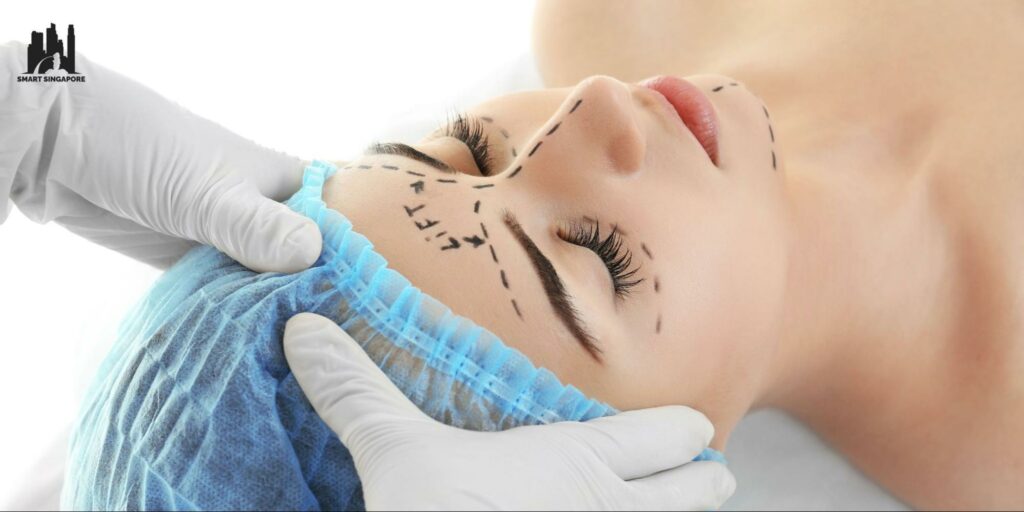
As a popular destination for medical tourism in Southeast Asia, Singapore is a good country to do plastic surgery.
Singapore’s healthcare system and hospitals are considered to be one of the best in the world, with 15 facilities dedicated entirely to medical tourism.
That said, getting plastic surgery in Singapore is safe for both locals and foreigners. Patients can choose to get a procedure done in a hospital or private clinic. Some of the most recommended clinics and hospitals to visit are:
Private Hospitals
- Thomson Medical Centre
Address: 339 Thomson Rd, Singapore 307677
Contact Details: +6562502222
Website: http://www.thomsonmedical.com/
- Gleneagles Hospital
Address: 6A Napier Rd, Singapore 258500
Contact Details: +6564737222
Website: https://www.gleneagles.com.sg/
- Mount Elizabeth Hospital
Address: 3 Mount Elizabeth, Singapore 228510
Contact Details: +6567372666
Website: http://www.mountelizabeth.com.sg/
- Mount Alvernia Hospital
Address: 820 Thomson Rd, Singapore 574623
Contact Details: +6563476688
Website: https://mtalvernia.sg/
Private Clinics
- Argent Plastic Surgery
Address: 820 Thomson Rd, #01-03 Medical Centre A, Singapore 574623
Contact Details: +6597709233
Website: https://www.argentplasticsurgery.com/
- Clon Tham Plastic Surgery Clinic
Address: 304 Orchard Rd, #05-06 Lucky Plaza, Singapore 238863
Contact Details: +6562358411
Website: https://www.colinthamplasticsurgery.sg/
- The Covette Clinic
Address: 15 Scotts Rd, #03-03, Singapore 228218
Contact Details: +6566341516
Website: https://www.covetteclinic.com/
- AZATACA Plastic Surgery
Address: 101 Irrawaddy Road, #14-09 Royal Square Medical Centre, Singapore 329565
Contact Details: +6567788648
Website: https://www.azataca.com/
- Allure Plastic Surgery
Address: 435 Orchard Rd, #22-04 Wisma Atria, Singapore 238877
Contact Details: +6567349988
Website: https://www.allureplasticsurgery.sg/





